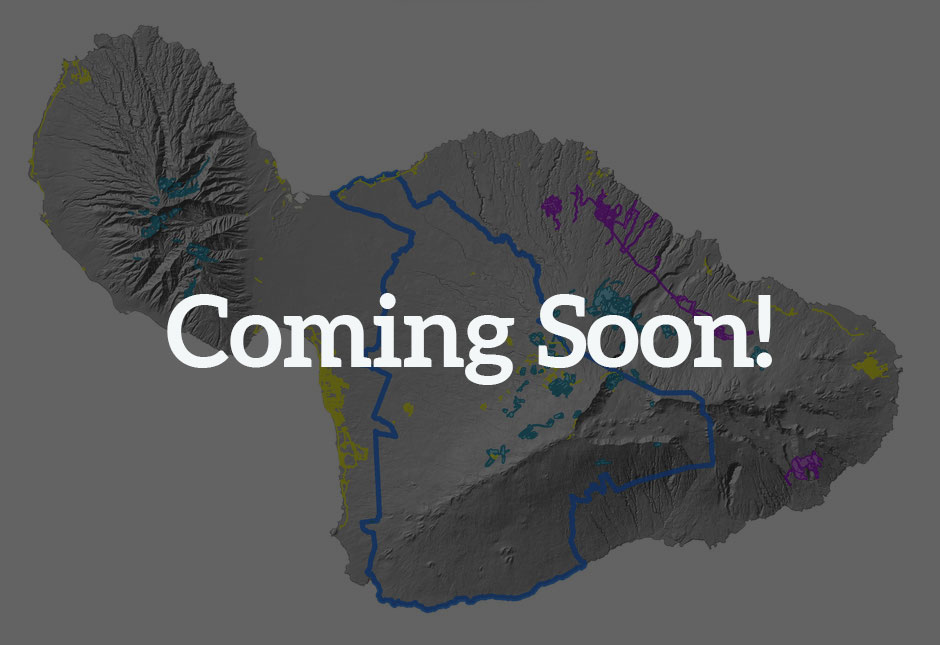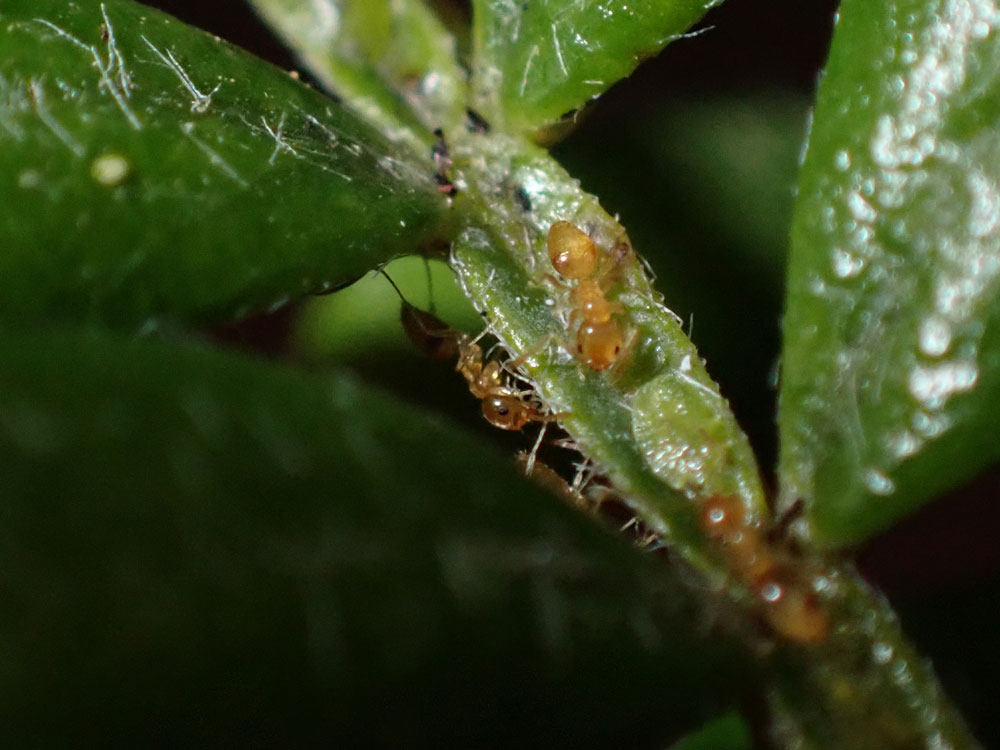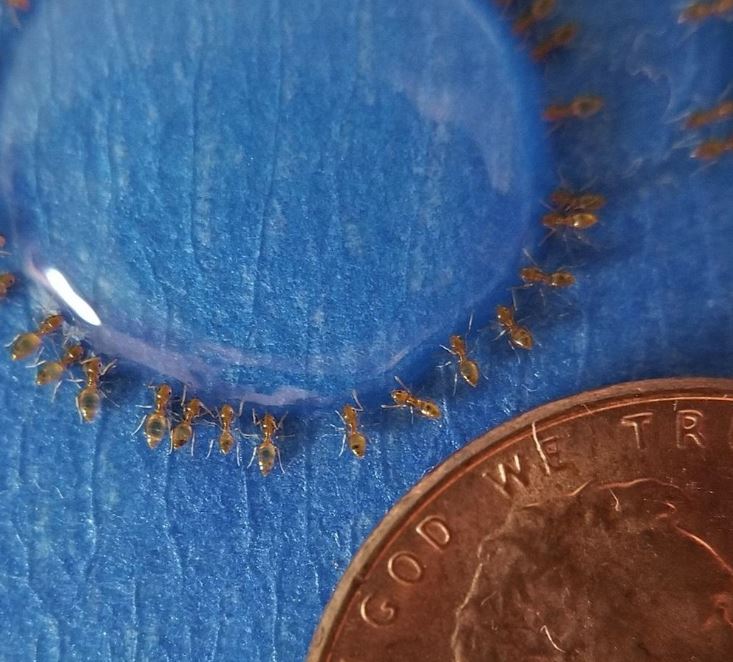
Little Yellow Ant
Plagiolepis alluaudi

Known from and potential habitat
Species Info General
Other common names include: Sugar Ant
Little Yellow Ants are . . . yellow, and little. With the advent of Little Fire Ants in Hawaii in 1999, people more often take notice of Little Yellow Ants as they are quite similar to LFA to the naked eye. This species, however, does not sting and is not reported to bite people. It is wily and pestiferous in the kitchen, however, and has been known to make its way inside of seemingly tightly sealed food containers. Though they have a preference for sweets, they’ll sometimes take a liking to the leftover food in the cat’s dish. In the yard and garden they usually maintain a low profile, but at times will explode in population, infesting (for example) the inner sheaths of banana leaves in incredibly high numbers.



Identification/Description
This is Hawaii’s tiniest ant. It is a pale, somewhat translucent yellow, and can often be found in lines moving somewhat sluggishly up and down tree trunks.
Impacts
- “Although an accomplished tramp species, Plagiolepis alluaudi is not known to cause significant harm to ecological or agricultural systems.” (Sarnat & Economo 2012)
- Annoying indoors pest at at times
- Occasionally appears in gardens in disconcertingly high numbers
History
- Little Yellow Ants started showing up on Oahu in the first decade of the 20th Century, and by 1913 was already considered locally abundant in some places. In 1931 it was called “quite a household pest” in Honolulu (Williams et al. 1931). It was soon found on all the main islands and by 1968 was described as “Very abundant, widespread, and nesting in many varied habitats” (Huddleston & Fluker 1968).
Resources/References
- Maui Invasive Species Committee’s Brief Guide to Maui’s Ants – Plagiolepis alluaudi
- Plagiolepis alluaudi – AntWiki
- Huddleston, E. W. & Fluker, S. S. 1968. Distribution of Ant Species of Hawaii. Proceedings of the Hawaiian Entomological Society 20(1): 45–69.
- Williams, F. X., Muir, F., Van Zwaluwenburg, R. H. & Swezey, O.H. 1931. Handbook of The Insects and Other Invertebrates of Hawaiian Sugar Cane Fields. Advertiser Publishing Co., Honolulu. 400 pp.
